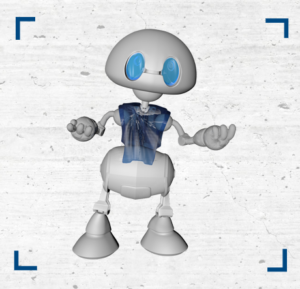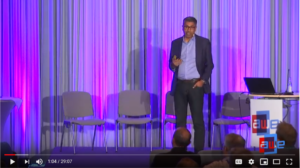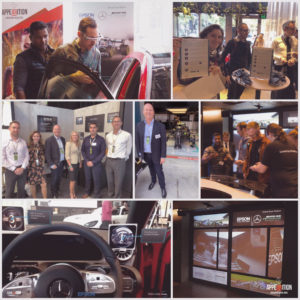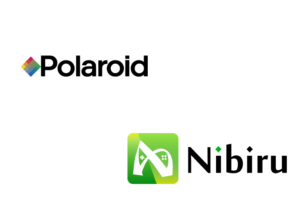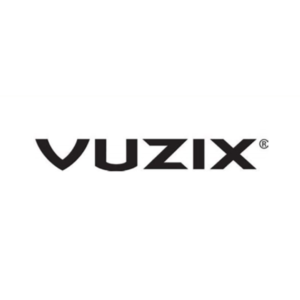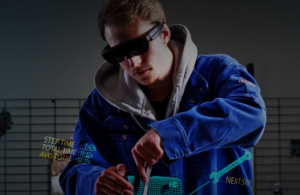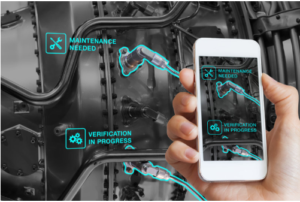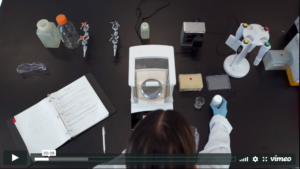How AR Can Help Manufacturers Sell More Products
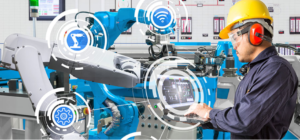
Today’s manufacturers are staying competitive by incorporating augmented reality (AR) technology into the selling process, and they are increasing revenue as a result. Here are three ways that AR can help manufacturers of built-to-order products like industrial equipment make more sales.
Accelerate sales cycles
The sales cycle for built-to-order products is a lengthy process that typically involves multiple rounds of re-configurations and quotes before a deal is made. Any speed bumps along the way can impact the customer’s eagerness to buy and potentially derail a sale altogether.
Manufacturers can accelerate the sales cycle by using AR to provide full-scale digital renditions of built-to-order products that buyers can conjure on their own turf. Product demonstrations that use AR technology give customers a better feel for the product and the impact it will have on their business, faster than ever before.
Sales teams can quickly edit a digital AR experience when customers ask for design updates or re-configurations, speeding what was previously a slower process. Additionally, with shorter cycles, sales teams will have more bandwidth to make additional deals that further increase revenue.
Improve customer engagement
Chances are that buyers of expensive built-to-order industrial products are comparison shopping during their search and may be talking to other providers throughout the sales process. Keeping them engaged with the product they’ve expressed interest in is critical—particularly in the early stages of the buyer’s journey.
AR authoring software allows manufacturers to quickly and easily provide highly personalized demonstrations that not only keep leads warm, but also increases their confidence in making a purchase. In today’s global marketplace, interactive AR experiences are a scalable and affordable option for driving better customer engagement, which leads to more sales.
Differentiate products
Lastly, the use of AR technology can be a unique differentiator for built-to-order product manufacturers in a fiercely competitive market. As buyers navigate what can be an overwhelming purchase journey, they will welcome any leading-edge technology or features that make products stand out.
AR experiences are beneficial to both buyers and sellers, as they make the sales cycle smoother, faster, and more affordable. Customers take notice of brands that are using innovative technology because they know they are also bringing that same passion, focus, and energy to their products. Manufacturers that differentiate themselves with technology like AR get more leads and make more sales as a result.
